Advanced Search
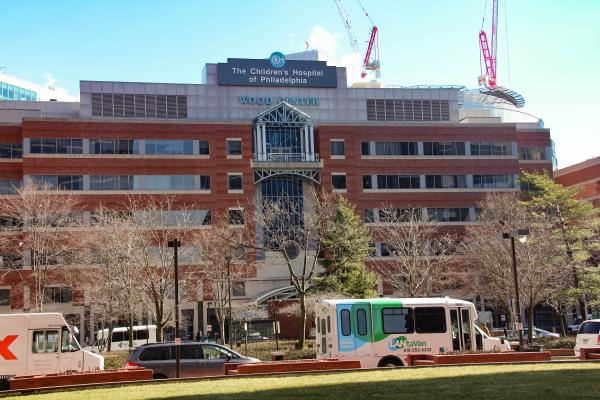
PGH’s closing in 1977 unleashed a bidding war for the leveled site that was eventually won by a consortium that included Penn, Children’s Hospital of Philadelphia (CHOP), Children’s Seashore House, and the Veteran’s Administration. The consortium, called the PGH Development Corporation, built the Philadelphia Center for Healthcare Sciences, a complex of seven new buildings on the former PGH property.

In the first half of the twentieth century, the Blockley Almshouse farmed out its almshouse services and its “lunatic asylum” and recast itself as the Philadelphia General Hospital, whose clinical services significantly improve after the Second World War.
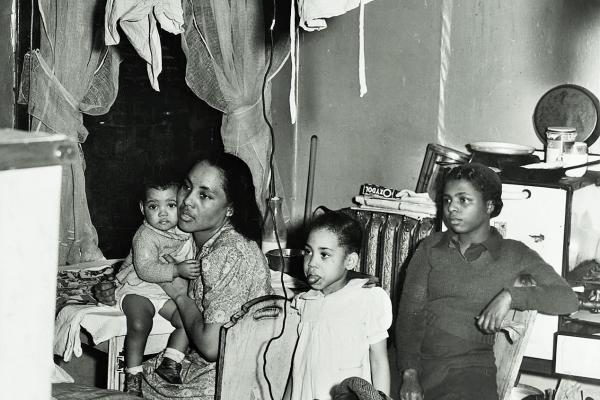
Health issues that would plague generations of African Americans in northern cities in the twentieth century, including patients treated by the Philadelphia General Hospital in the three decades after the Second World War, can be traced to cities’ discriminatory health and employment policies and practices, which found support in the writings of anti-black race-writers.
In 1872, the University of Pennsylvania relocated its small campus from the central City to Blockley Almshouse property that the City deeded to the University.

In 1834, Philadelphia relocated its almshouse (poorhouse) to Blockley Township in West Philadelphia, to a hilltop environ above the Schuylkill River; by 1854 the site included a swath of new buildings for indigent housing, workshops, and hospital facilities, including an insane asylum.
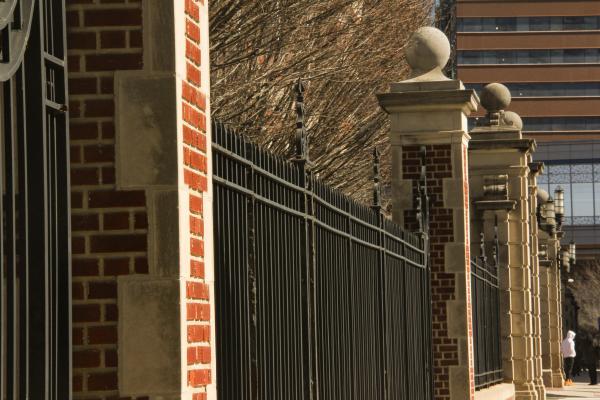
From 1834 to 1977, Philadelphia maintained its public hospital on the west bank of the Schuylkill River. The facility evolved from being a multipurpose almshouse to its single role as a full-service hospital.

Bushfire Theater for the Performing Arts, 52nd and Locust streets
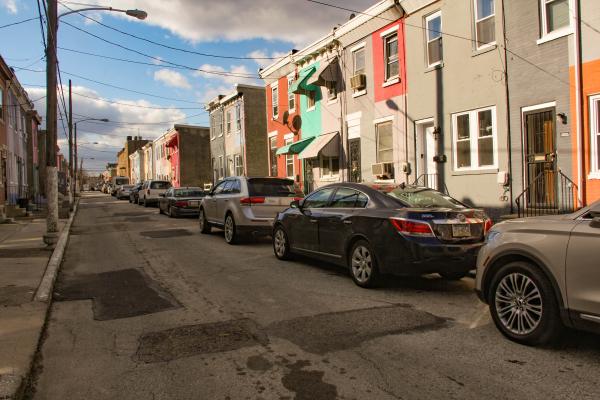
In 2014, President Barack Obama designated Mantua and several other poor neighborhoods north of Market Street as the West Philadelphia Promise Zone.

Herman Wrice, who founded Mantua Against Drugs (MAD), led a brave 15-year campaign to drive narcotics dealers from Mantua and to shut down their crack houses.
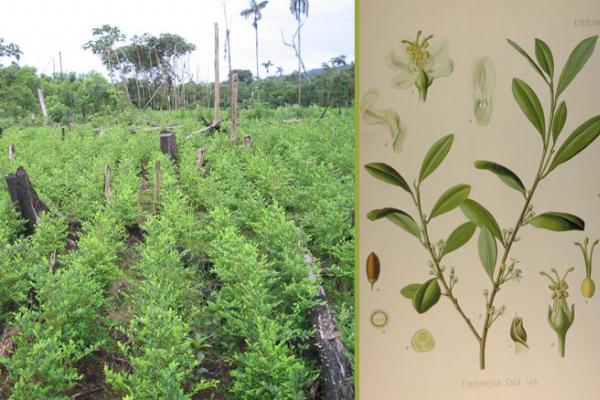
Coca fields of South America, the primary international source of cocaine during the two-decade U.S. crack cocaine epidemic.

Harsh social conditions made Mantua, a high-poverty African American neighborhood, vulnerable to the devastation of the crack cocaine epidemic of the 1980s and 1990s.

Acceleration of the Great Migration of southern blacks moving north between 1940 and 1950 transformed Mantua from a majority white to a majority black neighborhood, whose population by 1960 was virtually all-African American.